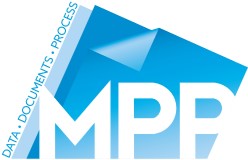GDPR: Print device security
GDPR legislation is set to highlight print device security as a major issue The forthcoming introduction of GDPR legislation has once again shone a light on the security...
